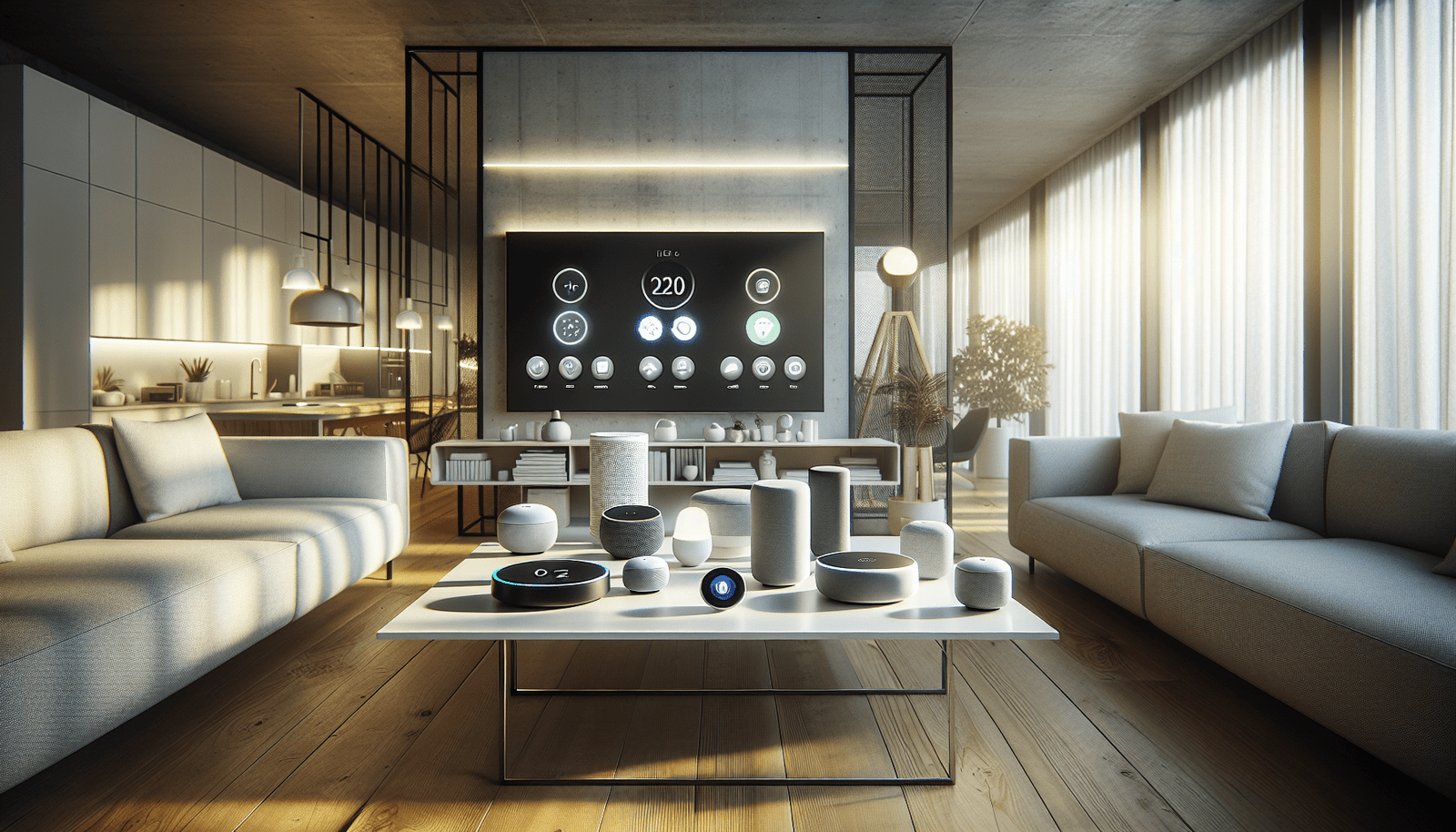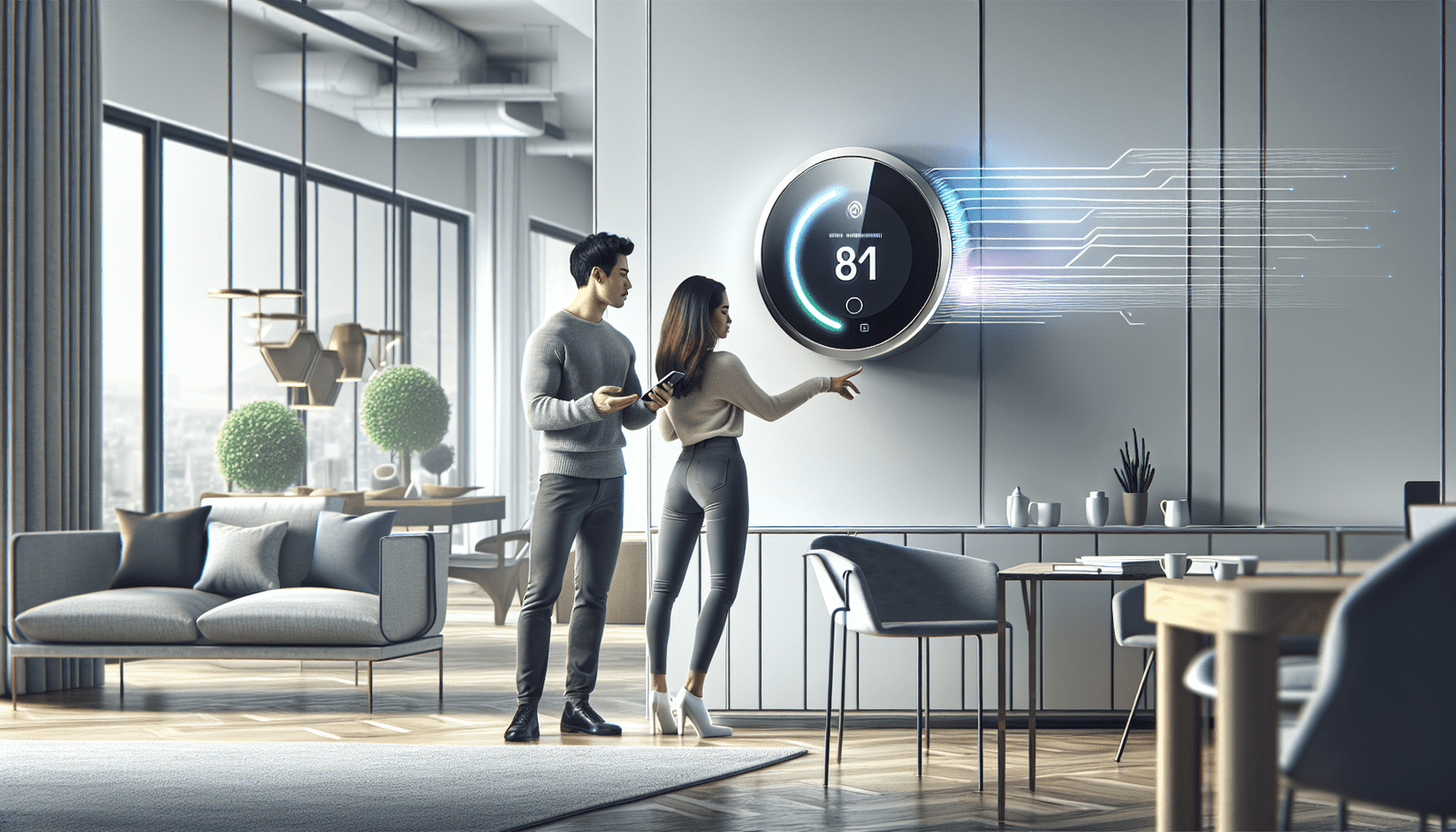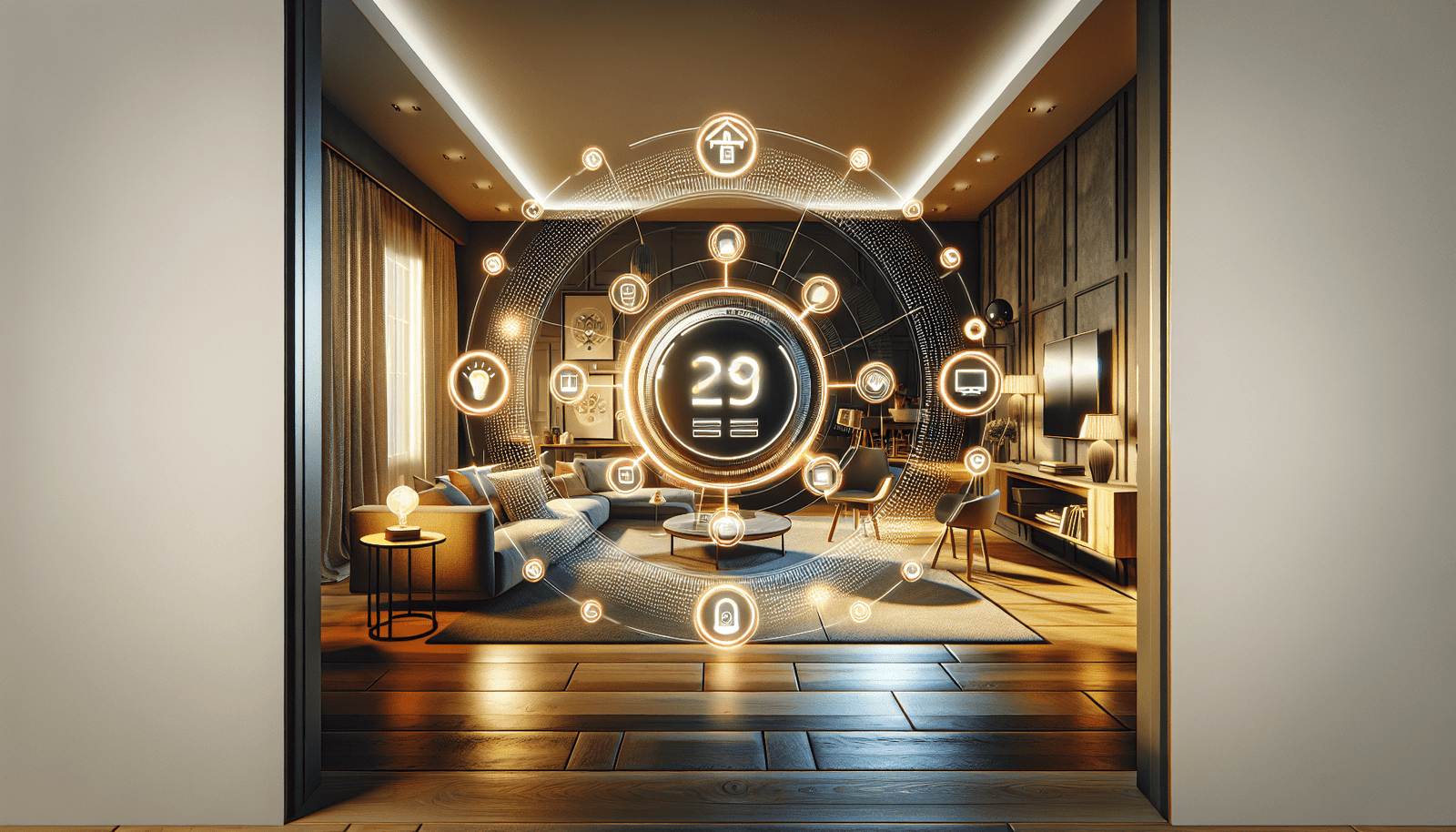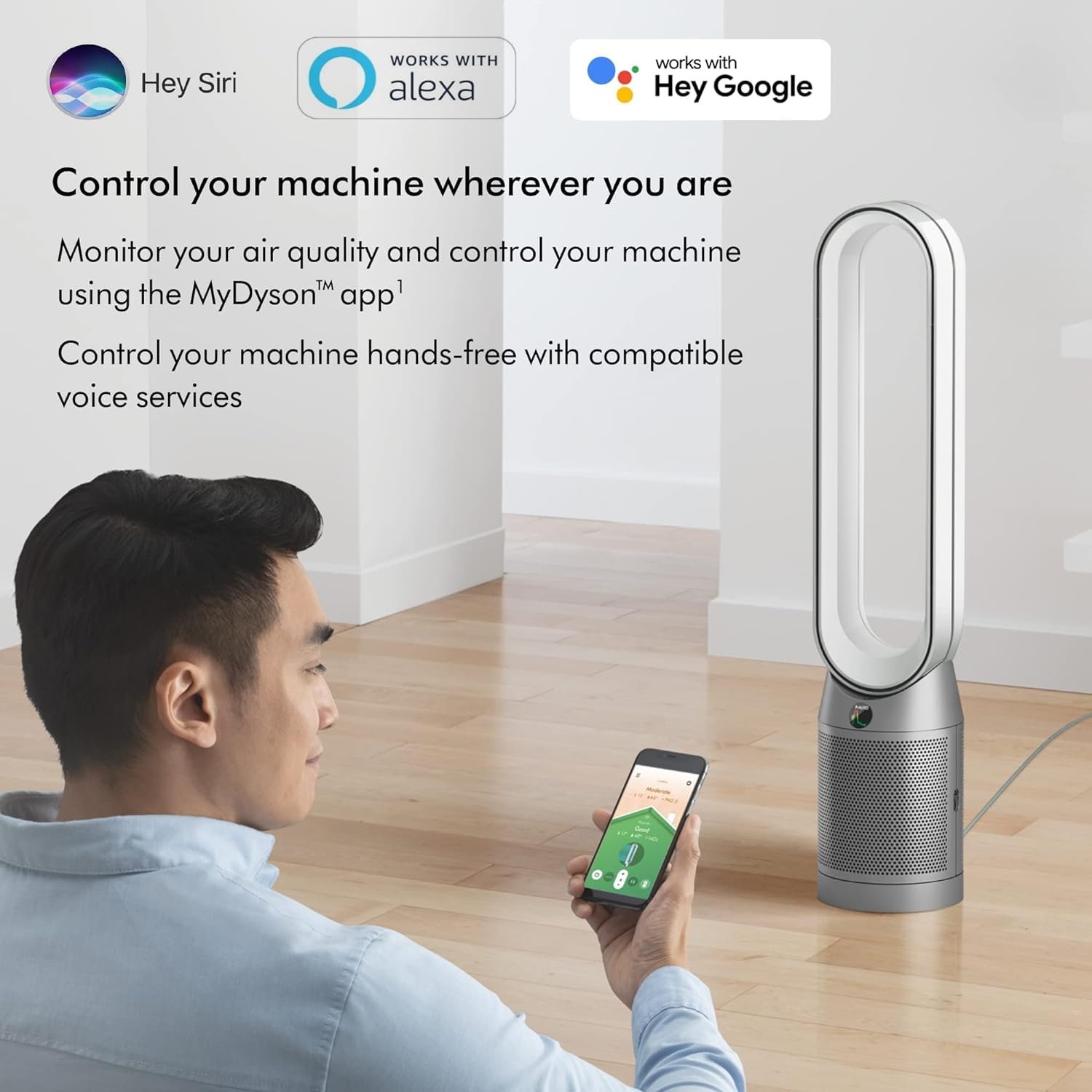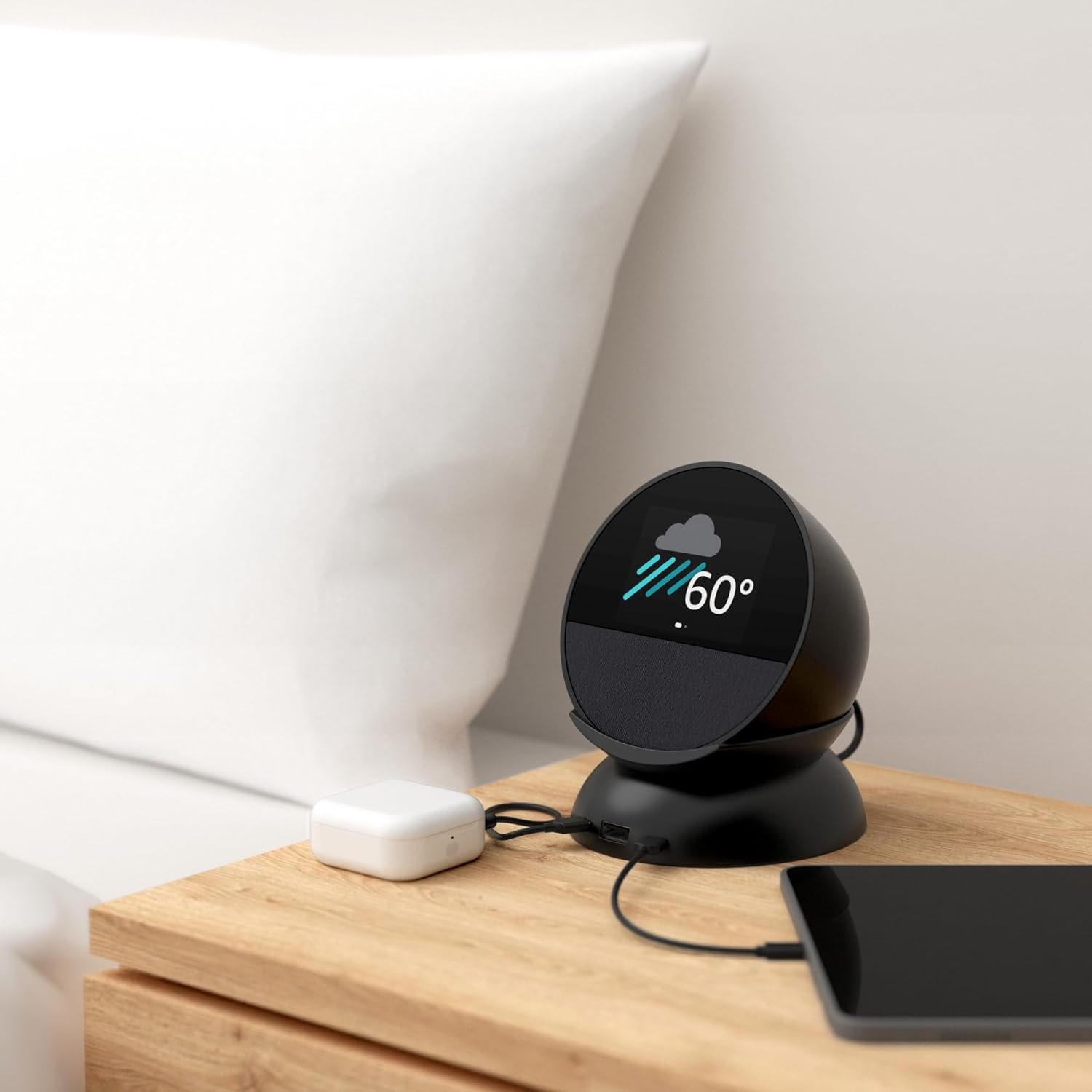What if you could control nearly every aspect of your home with just your voice or a single tap on your smartphone? Imagine having the ability to manage your lighting, security, and appliances seamlessly. Smart home devices open up a world of convenience and efficiency, making everyday life a bit simpler. If you’re curious about how these devices can transform your living space into a connected haven, you’re in the right place!
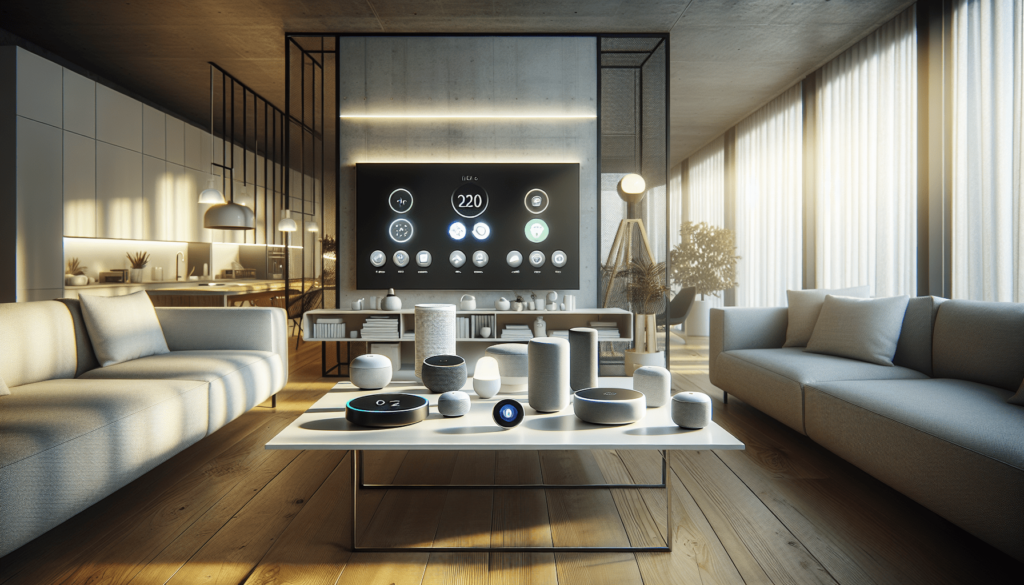
Understanding Smart Homes
At its core, a smart home is a residence that utilizes technology to control various aspects of its environment. This includes lighting, heating, security, and much more. With a smart home, you have the ability to automate everyday tasks, maximizing both comfort and convenience.
The Basics of Smart Home Technology
smart home technology involves the integration of devices connected to the Internet of Things (IoT). These devices communicate with each other and can often be controlled remotely via mobile applications. From smart light bulbs to advanced security cameras, these devices turn your home into a cohesive ecosystem.
Benefits of Smart Home Devices
Using smart home devices comes with a plethora of advantages, making your living experience not just easier but also more enjoyable.
Convenience
One of the primary reasons people adopt smart home technology is for its unparalleled convenience. With smart devices, you can adjust the thermostat, dim the lights, or check the security cameras from your couch or even while away on vacation. This flexibility allows you to focus on the things that matter most in your life.
Energy Efficiency
Smart home devices can help you save energy and reduce utility bills. For instance, smart thermostats learn your heating and cooling patterns, adjusting temperatures based on your preferences. Smart plugs can also track energy usage, helping you identify which appliances consume the most power.
Enhanced Security
Whether you’re at home or on the go, smart security systems can give you peace of mind. Smart cameras and motion sensors allow you to monitor your property in real-time. Some systems even send alerts to your phone, so you’re always aware of any unusual activity.
Increased Control
With all your devices interconnected, you can create customized settings that fit your lifestyle. For example, you can program your smart lights to turn on automatically at sunset or schedule your coffee maker to brew just as you wake up. This level of control enhances your everyday living experiences.
Key Components of a Smart Home
To create a fully connected home, certain key components are essential. Understanding these will help you appreciate the vast array of devices available on the market today.
Smart Hubs
A smart hub acts as the central command point for all your connected devices. It allows you to control and manage them from one interface, whether it’s an app on your smartphone, a web portal, or voice commands through a smart speaker. Popular smart hubs include Samsung SmartThings, Amazon Echo Plus, and Google Nest Hub.
Smart Lighting
Smart lighting is one of the most popular entries into the world of smart home technology. These systems give you the ability to manage your home’s lighting based on your preferences. You can dim the lights, change colors, or schedule them to turn on and off at specific times.
| Lighting Options | Features |
|---|---|
| Smart Bulbs | Change colors, adjustable brightness |
| Smart Switches | Control existing fixtures remotely |
| Smart Plugs | Control lamps and appliances |
Smart Thermostats
Smart thermostats learn your temperature preferences and adjust heating and cooling accordingly. They can even be controlled remotely, ensuring your home is at the perfect temperature when you arrive.
| Popular Options | Features |
|---|---|
| Nest Learning Thermostat | Learns preferences, energy reports |
| Ecobee SmartThermostat | Built-in Alexa, remote sensors |
Smart Security Systems
These systems include smart cameras, door locks, and alarm systems that can be managed from your smartphone. You can receive alerts, grant access remotely, and even monitor your home in real time.
| Security Components | Features |
|---|---|
| Smart Cameras | HD video, night vision, motion detection |
| Smart Door Locks | Keyless entry, remote locking/unlocking |
| Security Alarms | Alerts notifications, integration with other devices |
Smart Appliances
Smart appliances such as refrigerators, ovens, and washing machines enhance your kitchen and laundry experience. They come equipped with features that can simplify tasks and optimize energy consumption.
| Appliance Type | Features |
|---|---|
| Smart Refrigerators | Track expiration dates, order groceries |
| Smart Ovens | Remote control, recipe suggestions |
| Smart Washers/Dryers | Schedule, remote start, energy alerts |
Getting Started with Smart Home Devices
If you’re feeling inspired to transform your living space into a smart home, where should you start? Here’s a step-by-step approach to help you ease into the world of smart devices.
Step 1: Identify Your Needs
First, consider what areas of your home require the most attention. Do you often worry about security? Is energy efficiency a significant concern? By identifying your priorities, you can choose the most beneficial devices for your lifestyle.
Step 2: Start Simple
Start with one or two devices to get accustomed to the technology. Smart light bulbs, for example, are user-friendly and provide an immediate upgrade to your home. From there, you can expand based on your comfort level and needs.
Step 3: Choose a Smart Hub
Depending on the devices you choose, a smart hub may help manage them all effectively. Popular options like Google Assistant or Amazon Alexa offer robust integration options, making it simple to expand your smart home.
Step 4: Experiment with Automation
Once you have a few devices set up, test out automation features. For example, create routines that combine several commands into one. You could set your smart lighting, thermostat, and coffee maker to work together to prepare your home for your morning wake-up.
Step 5: Stay Informed
The landscape of smart home technology is ever-evolving. Staying informed about new gadgets and updates can help you maximize the benefits of your connected home. Follow reputable tech blogs, customer reviews, and manufacturer updates to stay in the loop.
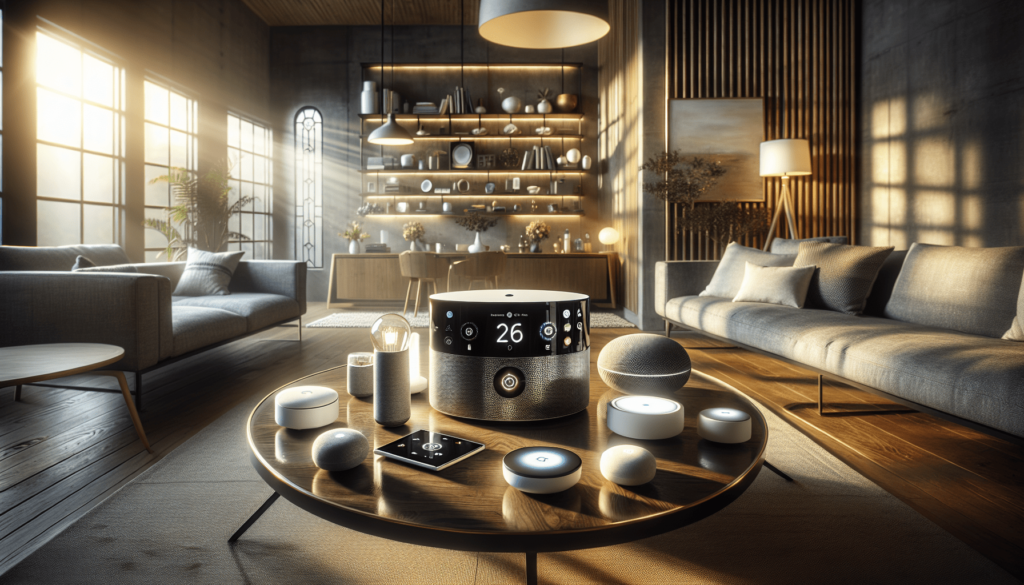
Popular Smart Home Devices to Consider
To help you get started, here’s a list of some popular smart home devices that many homeowners find beneficial. Each serves a unique purpose and can enhance your living experience.
Smart Speakers
Smart speakers not only allow you to listen to music but also act as hubs for controlling other smart devices using voice commands. Examples include Amazon Echo and Google Nest Audio.
Smart Plugs
These plugs let you control standard appliances wirelessly, turning them into smart devices. For instance, you can use a smart plug to turn on a fan or lamp from your smartphone.
Smart Thermostats
Smart thermostats learn or adapt to your temperature preferences and habits, ensuring you stay comfortable while saving on energy costs.
Smart Light Bulbs
These bulbs can change colors, adjust brightness, and be controlled via an app or voice commands. They allow you to set the perfect mood for any occasion.
The Future of Smart Homes
As technology continues to progress, the future of smart homes looks promising. New innovations are on the horizon, making smart homes even more efficient and user-friendly.
Increased Interconnectivity
It’s likely that more devices will become interconnected in the coming years. Home appliances, entertainment devices, security systems, and energy technologies will likely integrate seamlessly, allowing for comprehensive control from a single platform.
Voice and Gesture Control
Voice command technology is improving rapidly, making it easier to control devices with natural language. Gesture control is also on the rise, which means you may control your home with just a wave of your hand or a simple motion.
Artificial Intelligence
As artificial intelligence becomes more sophisticated, smart home devices will learn your habits more effectively. They could anticipate your needs and adjust environments automatically based on your routines.
Final Thoughts
Transitioning to a smart home doesn’t have to be daunting. With the right devices and a solid understanding of the technology, you can create a more connected, efficient, and enjoyable living environment.
By integrating smart home devices into your lifestyle, you open yourself up to a realm of convenience and security that makes daily living smoother. Take the plunge, start small, and watch as your home evolves into the smart haven you’ve always wished for. Whether you’re interested in energy savings, enhanced security, or just the joy of modern technology, smart home devices can undoubtedly elevate your everyday experiences. Enjoy making your living space a little smarter!
